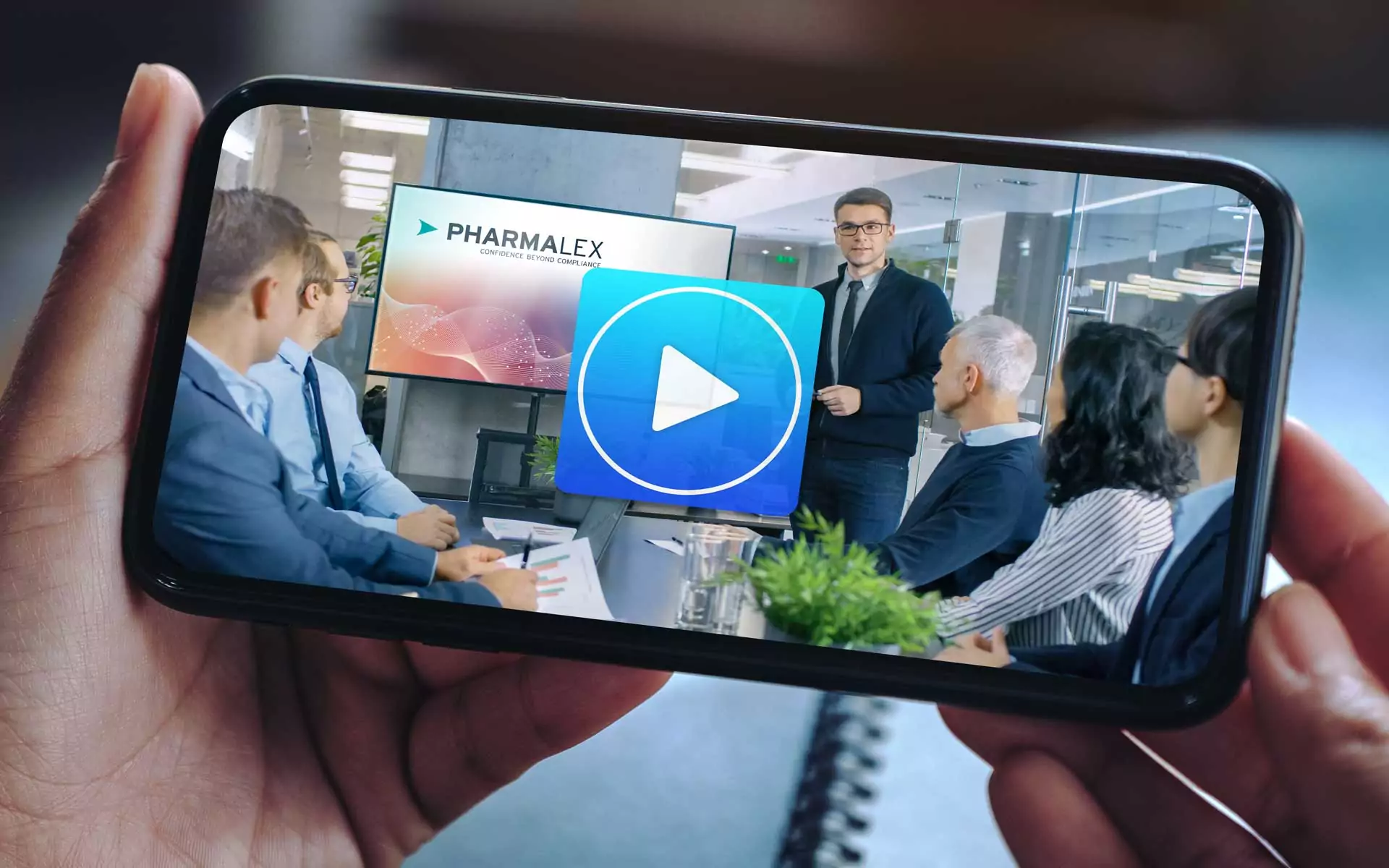Ivy Cheng, Associate Director, Medical Devices / IVDs, PharmaLex Australia
Introduction
Rapid advances in medical technology and growing demand for innovative healthcare solutions have prompted a growing number of medical devices companies to explore international markets. However, navigating various regulatory landscapes can be challenging. This article aims to provide insights into how the medical technology industry can effectively leverage overseas evidence to enhance their market entry strategies, specifically focusing on Australia and other key global markets.
Regulatory Convergence
Regulatory convergence refers to the effort by regulators worldwide to harmonise their requirements and processes. Convergence aims to reduce duplication of effort and streamline the approval process for medical devices. Key International Medical Device Regulators Forum (IMDRF)[1] members, including the European Union (EU), the United States (US), Canada, Australia, and Japan, are leading the charge in this effort.
The collaborative efforts among these regulators facilitate the alignment of technical requirements, which is essential for medical device manufacturers. Working groups focusing on regulatory submissions, technology-specific topics, and standardised technical documentation formats have been established[2].
Pre-Market Regulatory Overview and Considerations
To enter the Australian market and other global jurisdictions, manufacturers must engage in thorough pre-market regulatory activities[3]. This begins with strategic planning, which involves determining device positioning, classification, and marketing pathways. Understanding the regulatory requirements of the target market is crucial for developing a successful market entry strategy.
Key Steps in Pre-Market Planning
- Device Classification and Positioning: Manufacturers must identify the appropriate classification for their device, which will dictate the regulatory pathway and requirements. This includes understanding local regulatory requirements, standards and potential reliance on predicate or similar devices3.
- Quality Management System: Compliance with ISO 13485:2016 is essential for demonstrating commitment to product safety and quality[4]. Additionally, manufacturers may need to engage in the Medical Device Single Audit Program (MDSAP)[5] to meet the requirements of multiple jurisdictions simultaneously.
- Clinical Evidence and Local Studies: In some cases, local clinical studies may be required to support market entry. Manufacturers should assess whether existing clinical evidence from overseas can be leveraged or if new clinical data must be generated to meet Australian requirements[6].
Regulatory Pathways in Australia
The Australian regulatory landscape for medical devices is governed by the Therapeutic Goods Administration (TGA), which offers two main pathways for market entry. These are:
- TGA Conformity Assessment Procedures: Depending on the classification of the device, manufacturers may need to undergo different levels of assessment, with increased scrutiny as the level of regulatory risk classification increases[7].
- Evidence from Overseas Regulators: The TGA accepts evidence from overseas regulators, provided it meets Australian standards[8].
Leveraging Overseas Evidence
The TGA in Australia recognises the importance of global collaboration in regulatory practices. The TGA allows manufacturers to use market authorisation evidence from comparable overseas regulators, which can significantly reduce the regulatory burden of local compliance[9].
Types of Acceptable Overseas Evidence
The TGA accepts evidence from the following comparable overseas regulators to facilitate market entry7:
- EU Notified Bodies (NB): Certificates from EU NBs under the Medical Device Regulation (MDR) or In Vitro Diagnostic Regulation (IVDR) are critical. For instance, a Full Quality Assurance (FQA) audit report can provide comprehensive evidence of compliance with safety and performance standards[10].
- US FDA: The TGA recognizes De Novo/510(k) clearances*, and Premarket Approval (PMA) decisions as valid evidence for conformity assessments. This allows manufacturers with existing FDA clearances or approvals to expedite their Australian applications.
- Health Canada: Medical device licenses* from Health Canada can also serve as a basis for TGA applications, used to establish the device’s safety and effectiveness in a regulatory environment that shares similarities with Australia.
- Health Sciences Authority (HSA): Product Registrations issued by the Singaporean HSA are accepted by the TGA as one of the abridged regulatory pathways in Australia.
- Pharmaceuticals and Medical Devices Agency (PMDA)/Ministry of Health, Labour and Welfare (MHLW): Approvals* from the Japanese regulatory agencies can also be used by manufacturers to expedite their Australian applications.
*MDSAP Certificates: The MDSAP certificate offers a framework for auditing the quality management system (QMS), which can be recognised by the TGA if it includes Australian regulatory requirements[11]. This is particularly beneficial for manufacturers operating in multiple jurisdictions as regulatory approvals from US FDA, Health Canada, and Japan must be supplemented with the MDSAP certificate.
Application Requirements
When relying on overseas approvals, manufacturers must provide the appropriate technical documentation that aligns with TGA requirements[12]. This includes:
- Manufacturer Evidence: Documentation demonstrating that the manufacturer’s QMS complies with TGA standards, such as ISO 13485[13] or MDSAP certifications.
- Product Assessment Evidence: Specific documents that provide insights into the safety and performance of the device, such as clinical evaluation reports or technical documentation assessments from recognized overseas regulators.
- Compliance with the Australian Essential Principles: Evidence must demonstrate that the device meets the Essential Principles of Safety and Performance as outlined by the TGA[14].
Benefits of Leveraging Overseas Evidence
Using overseas evidence can significantly decrease the time and resources needed for market entry in Australia. It allows manufacturers to:
- Reduce Assessment Fees: The TGA may lower assessment fees for applications that can be abridged due to reliance on comparable overseas evidence.
- Streamline the Approval Process: By providing recognised technical documentation, manufacturers can expedite their applications, enabling quicker access to the Australian market.
- Enhance Market Credibility: Demonstrating compliance with established international standards can bolster a device’s credibility with Australian healthcare professionals and patients.
Furthermore, manufacturers can leverage the Australian approval (along with approvals from Canada, EU, Japan and US) to expedite regulatory pathways in other overseas markets where regulatory approvals from more than one regulator can be used as reference countries e.g., Malaysia[15].
Conclusion
Leveraging overseas evidence from comparable regulators is a strategic approach that can enhance the efficiency and effectiveness of market entry for medical devices in Australia. By understanding and utilising the TGA’s acceptance of international documentation and approvals, manufacturers can successfully navigate the regulatory landscape and bring their innovative solutions to market more efficiently.
[2] https://www.imdrf.org/working-groups
[3] Australian Regulatory Guidelines for Medical Devices (ARGMD). https://www.tga.gov.au/resources/resource/reference-material/australian-regulatory-guidelines-medical-devices-argmd
[4] ISO 13485:2016. https://www.iso.org/standard/59752.html
[5] Medical device single audit program (MDSAP). https://www.imdrf.org/working-groups/medical-device-single-audit-program-mdsap
[6] Clinical evidence guidelines for medical devices. Clinical evidence guidelines for medical devices | Therapeutic Goods Administration (TGA)
[7] TGA conformity assessment certification. https://www.tga.gov.au/how-we-regulate/manufacturing/manufacture-medical-device/obtain-and-maintain-regulatory-evidence/australian-regulatory-evidence-options-medical-device-application/tga-conformity-assessment-certification
[8] Using assessments from comparable overseas regulators for medical devices. Using assessments from comparable overseas regulators for medical devices | Therapeutic Goods Administration (TGA)
[9] Use of market authorisation evidence from comparable overseas regulators and assessment bodies for medical devices. https://www.tga.gov.au/sites/default/files/2024-10/use-market-authorisation-evidence-comparable-overseas-regulators-assessment-bodies-medical-devices-including-ivds.pdf
[10] Understanding conformity assessment for in-vitro diagnostic medical devices (IVDs): for sponsors. https://www.tga.gov.au/resources/guidance/understanding-conformity-assessment-vitro-diagnostic-medical-devices-ivds-sponsors
[11] Medical Device Single Audit Program (MDSAP). https://www.tga.gov.au/how-we-regulate/manufacturing/manufacture-medical-device/medical-device-single-audit-program-mdsap
[12] Australian Regulatory Guidelines for Medical Devices (ARGMD). https://www.tga.gov.au/resources/resource/reference-material/australian-regulatory-guidelines-medical-devices-argmd
[13] ISO 13485. https://www.iso.org/iso-13485-medical-devices.html
[14] Complying with the Essential Principles on the safety and performance of medical devices. https://www.tga.gov.au/resources/guidance/complying-essential-principles-safety-and-performance-medical-devices
[15] Conformity assessment procedures for medical devices approved by recognised countries. https://portal.mda.gov.my/index.php/documents/surat-pekeliling-pbpp-mda-s-circular-letter/mda-s-circular-letter/504-cl-22014-eng/file









